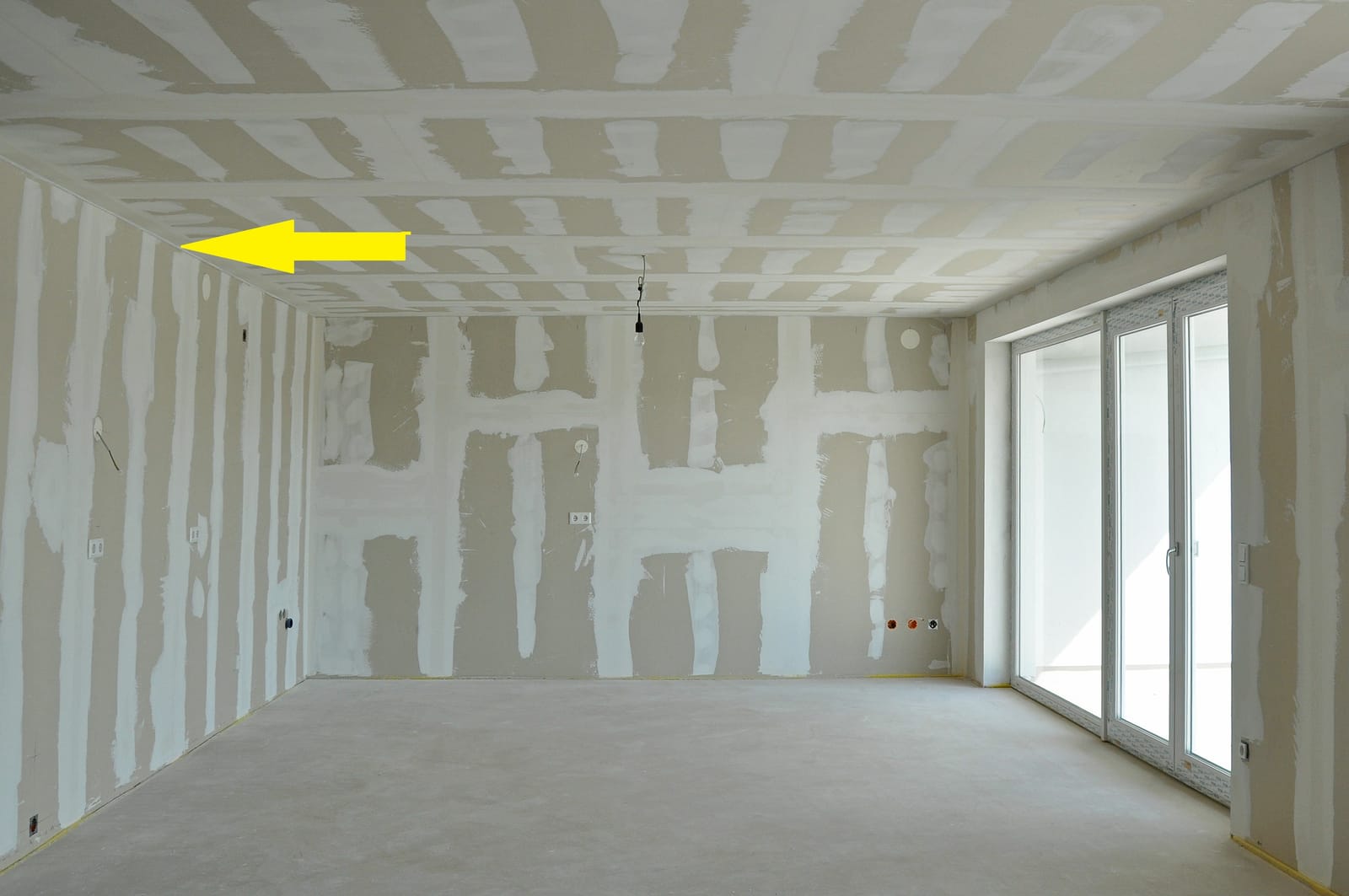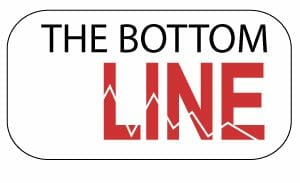Truss Uplift: Causing Drywall Cracks


David Jones
Senior Contributor
David Jones is a seasoned home inspector and construction expert with over 20 years of experience. He specializes in structural integrity, foundation issues, and detailed home safety assessments.
View Full Profile →
Truss uplift may cause drywall tape to come loose or ripple, as well as, drywall cracks where a wall meets the ceiling area. Usually this occurs on the interior walls, especially the ones that run perpendicular to the direction of the trusses.
What are Trusses?
When framing a roof, contractors may use conventional rafters or use pre-engineered manufactured trusses which are built offsite. The different wood pieces are fasten together with metal plates. They are then trucked to the building site and are often set in place with a small crane or forklift.
These manufactured trusses are more economical and can increase spans that conventional rafters would not allow. Often they will span from one exterior wall to the opposite exterior wall which means that the home may not have load bearing interior walls and that the weight of the entire roof is carried on the exterior walls. Caution, this is not to say that some of a homes interior walls will not be load bearing in a few instances.

Truss uplift is more prone to occur in areas that have cold winters or seasonal changes with medium to high temperature differences between the seasons. It is in the winter months that you will see more evidence of truss uplift. Other factors that influences truss-uplift is the slope of the roof, the lower the slope, the greater the uplift and the more insulation over the bottom cord, the more the uplift.
Where do you see signs of truss uplift
Usually you will see evidence of truss uplift where a wall intersects the ceiling. It will not be on an exterior wall, but on a interior wall where the truss has lifted off the top plate of the interior wall. The truss will be perpendicular to the wall it is lifting off of. Engineers may call for a truss that is sitting on an interior wall to have the ability to raise up a little off of the top plate without damaging the truss: therefore this connection point will allow limited movement of the truss.
Causes Of Truss Uplift
When the bottom cord of a truss experiences a significantly different temperature and / or moisture (humidity) than the top cord, then the top cord tends to expand. The bottom cord will normally be covered with insulation which helps keep it dry and warmer in the winter than the top cord, thus the bottom cord remains basically the same as the top cord expands.
This results in the bottom cord lifting up; an arching of the bottom cord. This is where the term truss uplift comes from. As the bottom cord lifts up, a crack or gap appears in the drywall. Also, the drywall tape may come loose, tear or ripple where the wall meets the ceiling in these areas.
Roof slope and truss span. The greater the span of a truss or the lower the roof slope, the higher the uplift will be, meaning that the gap between the wall top plate and the bottom of the truss; provided all other things are equal. Thus, the wider a drywall crack will be.
Amount of insulation. The more insulation over the bottom cord of a truss, the larger the moisture content differential will be between the wood in the bottom cord and the wood in the top portion of the trusses, thus the larger the gap.** (Read about the moisture content in wood and how it affects your house, including drywall cracking)**
Basically, temperature and humidity, as well as, the moisture content in the wood pieces of a truss, plays a big role in truss uplift. The amount of cracking caused by truss uplift can be partially mitigated by how the trusses are connected to a walls’ top plate. Also, by how the drywall is fastened to the bottom of the trusses and the top portions of the wall.

Bottom Line – more cosmetic than structural
Drywall cracking from truss uplift is usually more of a cosmetic issue than a structural issue. Cracking from truss uplift usually occurs in a very limited area and account for only a small percent of all drywall cracks. It normally is not a sign that the ceiling or roof is going to collapse or that they have serious problems.

Articles and Resources On Common Structural Issues In Homes
Take a minute and review the list to see if you have any warning signs of potential issues.
-
You may only need preventive maintenance
-
If very minor, then maybe you just need to monitor it
-
If repair is needed, it is much cheaper to correct in the early stages than after it has become a big problem
-
Should it be major, then you may need to consult a qualified professional